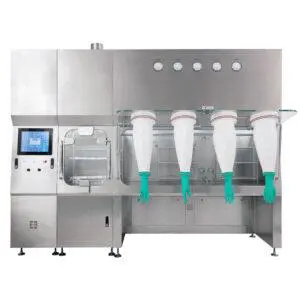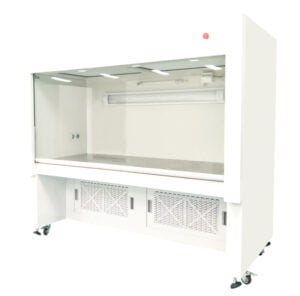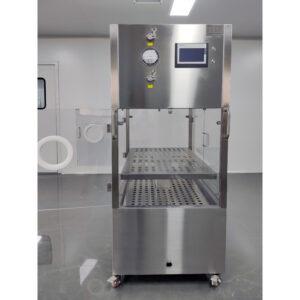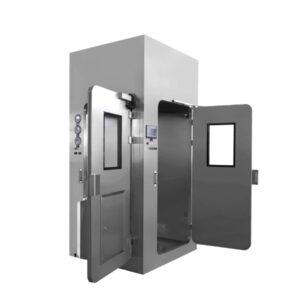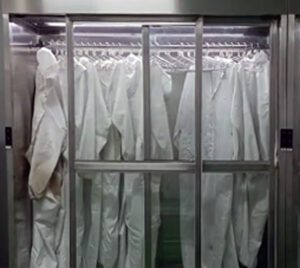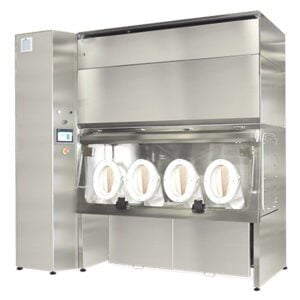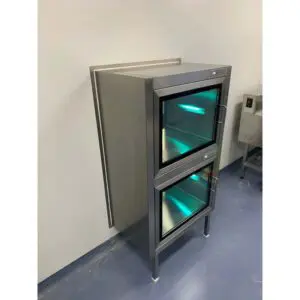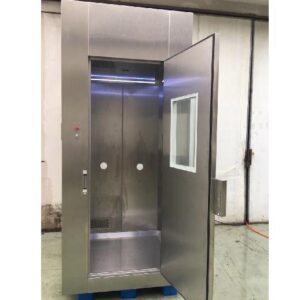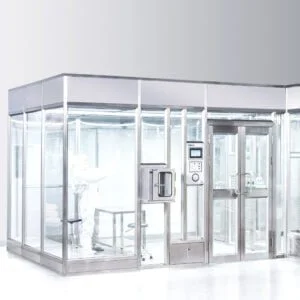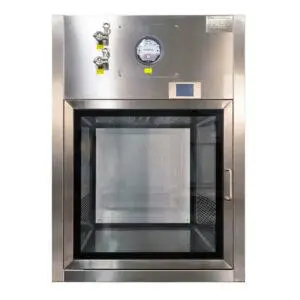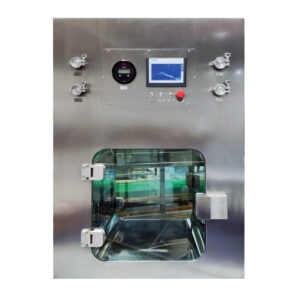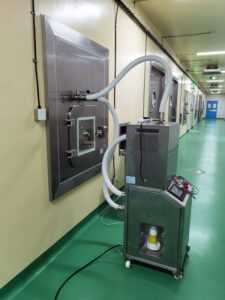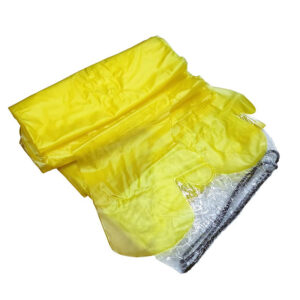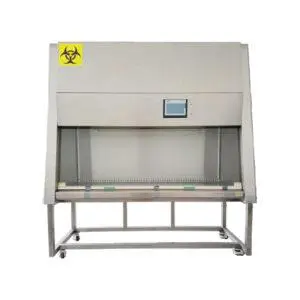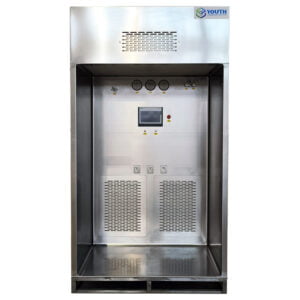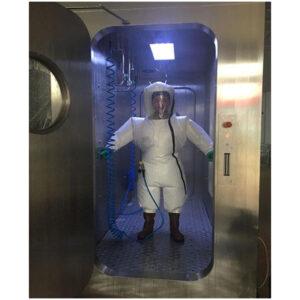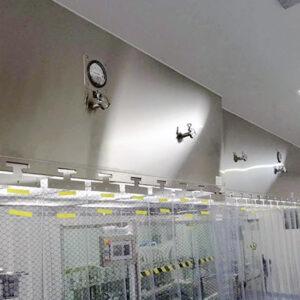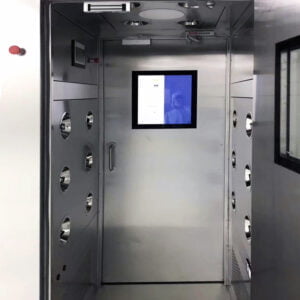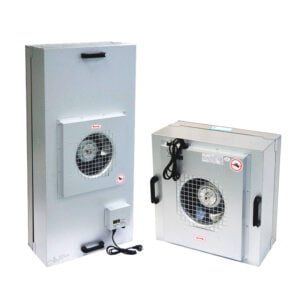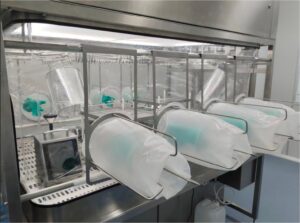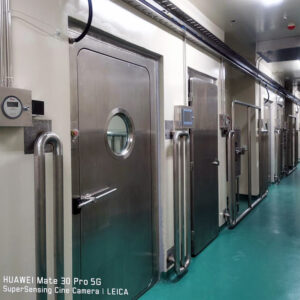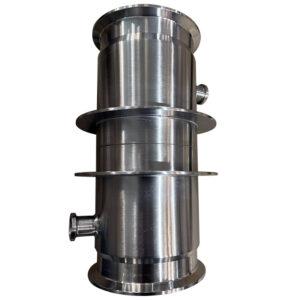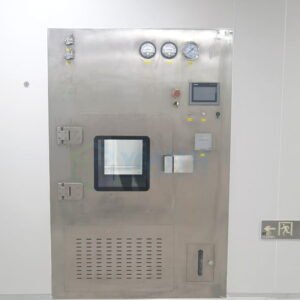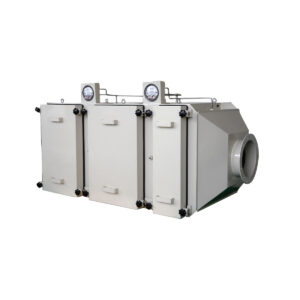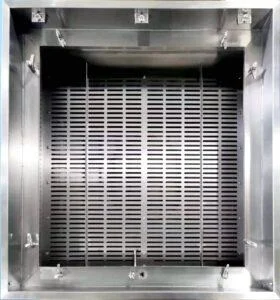The world of medical facilities has faced unprecedented challenges with the emergence of the new COVID-19 pandemic. One crucial question arises: can positive pressure clean operating rooms be utilized for surgeries on patients with this novel virus? In this article, we delve into the complexities of clean rooms, their capabilities, and the necessary precautions when dealing with infectious diseases.
The Role of Hospital Clean Rooms
Hospital clean rooms play a vital role in maintaining a sterile environment for medical procedures. These controlled environments are designed to minimize cross-contamination and reduce infection rates. Given the multiple transmission routes of COVID-19, including respiratory droplets, surface contact, and even the potential for fecal transmission, ensuring a safe environment for surgeries is paramount.
Understanding Clean Room Construction
Most hospitals are equipped with clean rooms, which, in theory, provide an airtight environment. By implementing proper zoning, process design, and air purification, these rooms can effectively mitigate cross-infection and the spread of bacteria and viruses. However, the initial construction phase often encounters challenges related to concept development, planning, design, equipment configuration, and construction techniques, which can lead to potential vulnerabilities.
Performing Surgeries in Clean Rooms: A Complex Scenario
- Can COVID-19 Patients Be Operated on in Positive Pressure Clean Operating Rooms?
This highly infectious virus ideally requires surgeries to be performed in negative pressure operating rooms. However, some hospitals may lack such facilities. In urgent cases where surgery is unavoidable, it’s essential to follow specific guidelines. Whenever possible, use a general operating room with a dedicated section for COVID-19 patients. If separate areas are unavailable, positive pressure clean operating rooms can be considered. These rooms should ideally have independent purification units, clear isolation and buffer zones, and strict adherence to disinfection protocols to prevent virus spread. - Disinfection Protocols for Positive Pressure Clean Operating Rooms
After performing surgeries on COVID-19 patients in positive pressure clean operating rooms, the disinfection procedures should align with those of negative pressure operating rooms. This includes meticulous cleaning and disinfection of all surfaces, gaps, and equipment in the room. Special attention should be given to the air purification system, with professionals replacing filters and ensuring proper disinfection. The air ducts, both for circulation and exhaust, should undergo thorough disinfection, preferably using atomized hydrogen peroxide. - Distinguishing Between Positive Pressure and Negative Pressure Operating Rooms
Understanding the key differences between these two types of operating rooms is crucial. Positive pressure clean operating rooms maintain higher air pressure than adjacent rooms and primarily protect surgical patients. In contrast, negative pressure operating rooms prioritize the protection of medical staff and the surrounding environment. The design and functioning of their air systems differ significantly, impacting their applications. - Ensuring Safety in Hospital Clean Rooms
Monitoring the safety of hospital clean rooms and controlled environments during use can be challenging due to limited real-time management configurations. While some hospitals use pressure display devices to detect air leaks and assess airflow, bacterial sampling and culture readings remain the most direct indicators of safety. Bacteria indicators, while comprehensive, are critical for evaluating the safety of these environments. - Rebuilding Negative Pressure Isolation Wards
In cases where hospitals need to retrofit existing buildings to create negative pressure isolation wards, several key considerations come into play. These wards aim to control the transmission of respiratory infections and require specific design principles. The physical separation and air isolation of infection sources, coupled with air flow control, are crucial. Implementing partitioning with buffer zones, efficient air systems, and thorough disinfection processes is vital to their effectiveness.
Conclusion
The utilization of clean rooms and controlled environments in hospitals for surgeries on COVID-19 patients requires careful planning, adherence to protocols, and an understanding of the unique challenges posed by the virus. While positive pressure clean operating rooms can be considered in emergencies, they must be equipped with independent purification units and follow stringent disinfection procedures. In these unprecedented times, hospitals must continue to adapt and evolve their facilities to ensure the safety of both patients and medical staff.
Q&A Section
1. How Can We Know That Hospital Clean Rooms Are Safe During Use?
Hospital clean rooms often lack real-time monitoring configurations. Some hospitals employ pressure display devices and bacterial sampling for safety assessment. Bacterial indicators are critical for evaluating safety.
2. What Are the Main Differences Between Positive Pressure and Negative Pressure Operating Rooms?
Positive pressure clean operating rooms prioritize the protection of surgical patients and maintain higher air pressure than adjacent rooms. In contrast, negative pressure operating rooms focus on safeguarding medical staff and the environment and use different air systems.
3. What Disinfection Measures Are Needed After Surgeries in Positive Pressure Clean Operating Rooms?
Disinfection in these rooms should align with negative pressure operating room standards. This includes thorough cleaning, replacement of filters, and disinfection of air ducts, with a preference for atomized hydrogen peroxide.
4. How Can Hospitals Rebuild Negative Pressure Isolation Wards in Existing Buildings?
Design principles for negative pressure isolation wards include air flow control, partitioning, and efficient air systems. Physical separation, air isolation, and thorough disinfection are essential for their effectiveness.
5. How Many Air Changes Should Be Aimed for in Negative Pressure Isolation Wards?
Although the number of air changes is set to 12, this doesn’t mean sending fresh air 12 times. The volume of fresh air sent can be much lower, with the majority being recirculated air. Leakage from other areas accounts for the additional air changes.
For more information on clean rooms and controlled environments, please visit Cleanroom Equipment.
Note: This article provides insights into the challenges posed by COVID-19 and the utilization of clean rooms in hospitals. Always consult with healthcare professionals and adhere to local guidelines for the most up-to-date information and safety measures.
Related Contents:
- Bag-In/Bag-Out (BIBO) Systems: Operation and Maintenance Guide
- Unlocking the Power of Clean Room Purification: Four Vital Conditions
- WHAT’S THE DIFFERENCE BETWEEN A POSITIVE AND NEGATIVE AIR PRESSURE CLEANROOM?
- Revolutionizing Cleanrooms Equipment: Affordable and Efficient Design and Construction
- Mastering Clean Room Technology with Fan Filter Units (FFUs)
- Exploring Clean Room and Clean Laboratory Standards in the Biological and Pharmaceutical Manufacturing Industry
- The Importance of Fan Filter Units in Maintaining Healthcare Hygiene
- Why Every Medical Device Manufacturer Needs Fan Filter Units
- The Ins and Outs of Isolation & RABS: A Guide to Selecting the Right Choice


